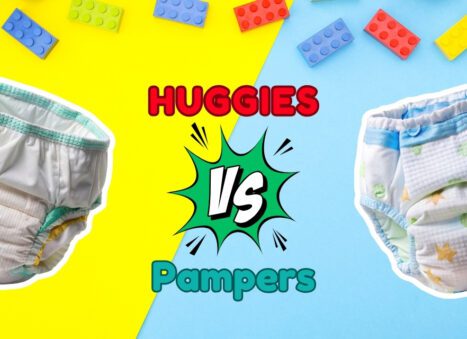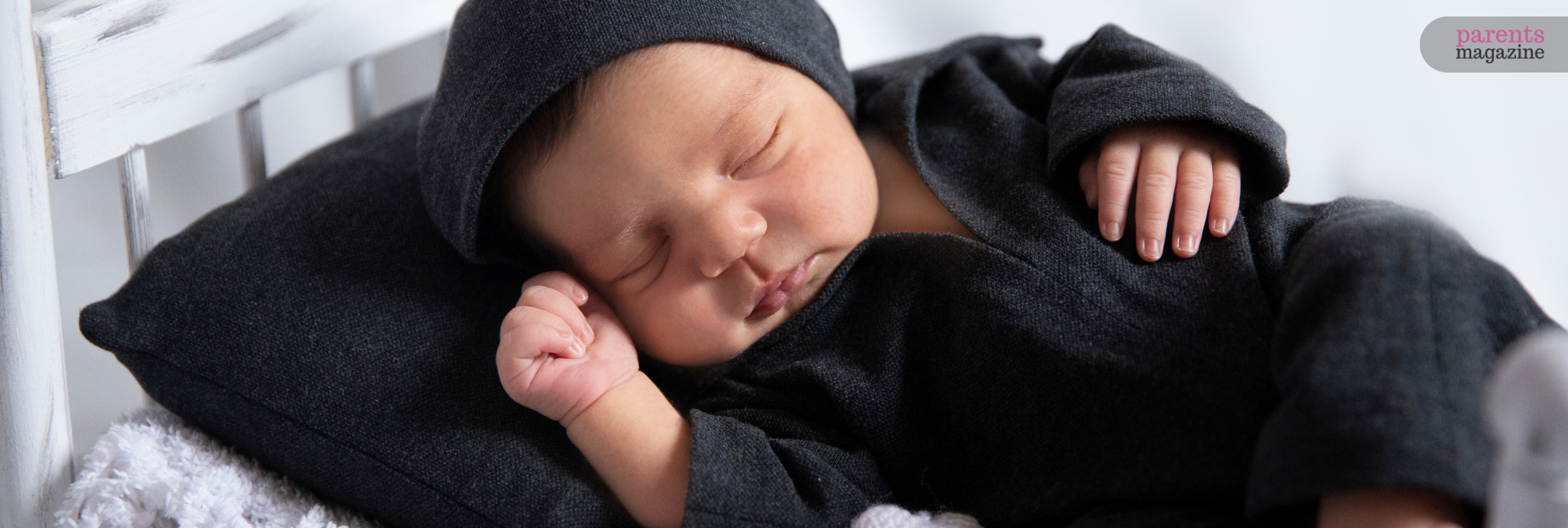
Dressing Baby for Sleep: 6 Tips for the Comfortable Sleep of Your Little One
When dressing baby for sleep, should I go for heavier clothes or just use plain clothing with a heavy blanket?
That’s a good question if you see your baby dropping the blanket at night or waking up feeling too uncomfortable about their clothes.
To sleep properly, your baby needs to have comfortable clothing. It must keep the cold away, while not making your baby uncomfortable with too heavy clothes.
In this article, we have listed some useful tips to help you dress up your baby for sleep.
Keep reading to know what to do and what not to do when dressing up your baby for sleep.
Dressing Baby for Sleep: Tip No. 1
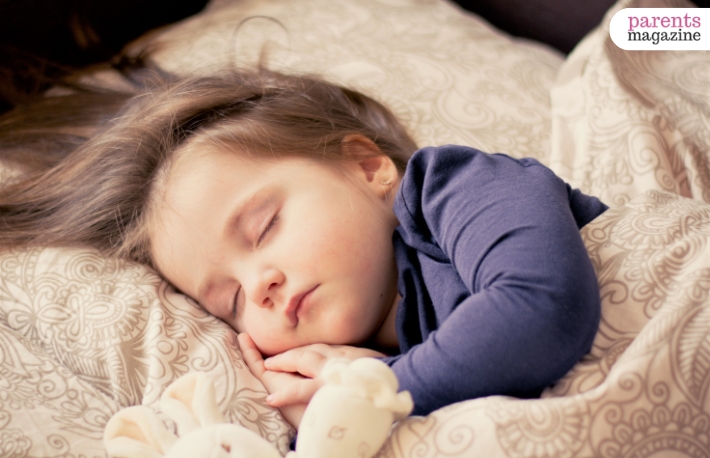
It’s ok to have multiple layers of clothing during the winter. But before you go for heavy clothing, try adjusting the room temperature. Keep it within 68 to 68 – 72° F. to prevent your baby from getting too cold during sleep. This temperature is also ideal if you are dealing with an environment too warm for the baby.
Dressing Baby for Sleep: Tip No. 2
Don’t go for the no-brainer and stop dressing your baby in thick pyjamas. Instead, go for layers of clothing when preparing them for bed. It’s best to choose clothing as per the room temperature. Relatively, you’ll need more layers for the winter season.
In addition, dress yourself up for the same room temperature as your baby. Do follow a similar layering for yourself as for the baby. When you have more layers of clothes instead of one thick piece of clothing, it’ll be easy to adjust them according to their body and room temperature.
This way, you’ll ensure that your baby has more comfortable sleep.
Dressing Baby for Sleep: Tip No. 3
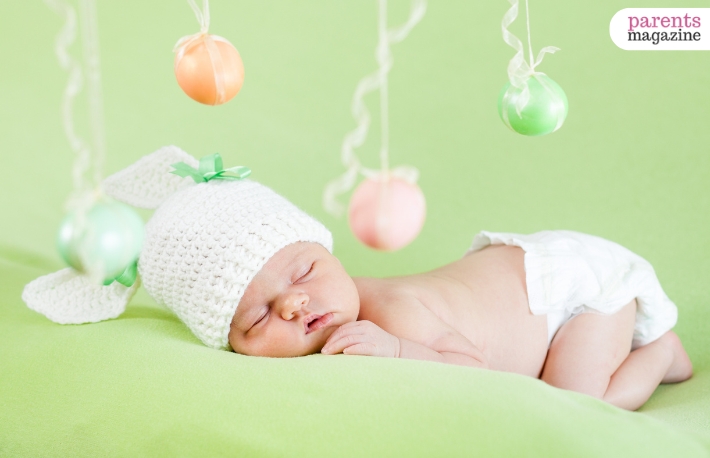
It’s best to keep your baby’s head uncovered when they are sleeping. Even during the cold, please keep your child’s head uncovered while sleeping. When dressing them up for bed, try avoiding the hat or the beanie cap they wear.
Babies can cool their body temperature through their heads. They release heat through their face and their head when sleeping. This way, when it’s getting extremely hot, your baby can release the temperature and cool themselves down.
Plus, you don’t want your baby to end up suffocating themselves with loose head covers. The head covers are loose and can slip and make them uncomfortable.
Dressing Baby for Sleep: Tip No. 4
Before you dress your baby up for bed, try checking their body temperature. It will guide you in choosing with the right number of clothing layers. You can adjust your baby’s clothing according to their body temperature.
Check the skin on their tummy and their back. Their skin should feel warm and not hot. However, their hands and feet might feel cooler, which isn’t the right indication of their body temperature.
Dressing Baby for Sleep: Tip No. 5
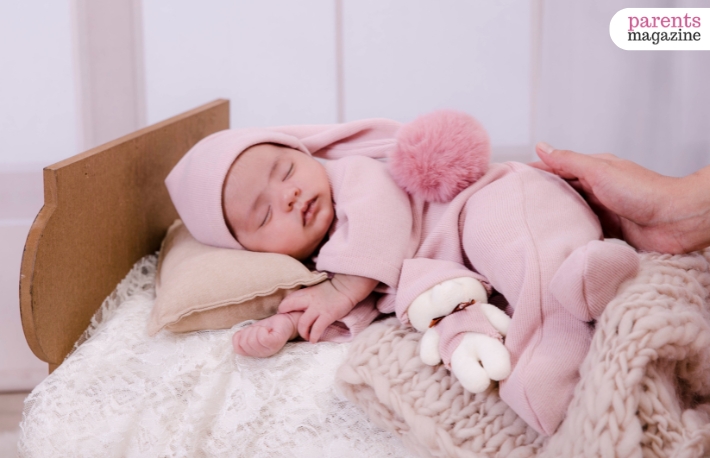
Using a wearable blanket or something like a SleepSack swaddle is better than loose blankets. Children under the age of one year feel more comfortable under a wearable blanket than loose blankets. Sleepsack Swaddles help prevent startle reflexes. Your baby doesn’t have to wake up frequently because of an uncomfortable blanket.
Dressing Baby for Sleep: Tip No 6
If you are dressing your baby for sleep, dress them up in comfortable clothing. And there’s nothing more comfortable for babies than cotton-made clothes. Especially during summer, cotton-made clothing and covers for babies are the best. But, if the weather is a little too cold, you can go for velboa or micro-fleece to get extra warmth.
Make sure your clothes aren’t too heavy for your baby. It shouldn’t be heavy enough to suffocate them.
Baby Wrapping
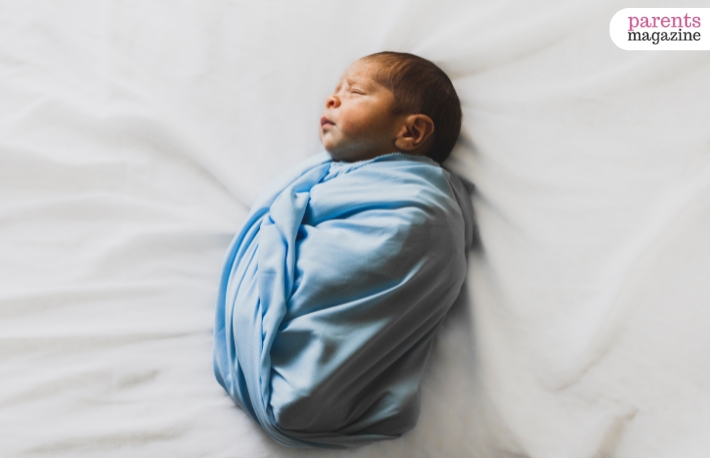
It’s ok to use two or three layers of clothing when your baby is slightly older and has lots of sleep movements. But, when they are only 3 to 4 months old, you should wrap them instead of wearing layered clothing.
Children older than 3 to 4 months can roll onto their tummy during sleep. So, if you wrap them up, it’s difficult for them to move around.
If you are wrapping your baby for sleep, here are a few things to keep in mind –
- Use wraps made of lightweight clothes. You can wear lightweight muslin and cotton clothes.
- When wrapping your baby, ensure that the wrapping is only goes up to the baby’s shoulder. The wrapping should not cover their ear, chin, or their head. If the wrapping is too high, it can cause suffocation and breathing problems.
- Also, don’t make the wrapping clothes too tight around their chest, legs, and hips. The wrapping should be long enough for the baby to straighten their legs. Also, tightness around the hips and the chest can cause breathing problems in your baby.
Choose the right wrap for the right weather. If the weather is warm, go for a nappy under the wrap. If the weather is cold, go for something like a thin jumpsuit. You can use the wrapping on top of the jumpsuit.
Also, if it is too cold, use a lightweight blanket on top of the wrapping to cover your baby up. But remember not to lift the blanket higher than their chest level. Keep the head portion uncovered so that they have the most comfort when sleeping.
Infant Sleeping Bags

Infant sleeping bags are the best for your baby to sleep comfortably. These bags or sleeping suits come with an armhole, a fitted neck, and sleeves.
You can dress your baby up for sleep in an infant sleeping bag. Usually, babies don’t have any problem with wrapping. But as they age and start their movement, they feel more comfortable in infant sleeping bags.
Plus, it ensures all the right ways cover your baby when sleeping. You can keep their head and face uncovered. Plus, you don’t have to use too many coverings and blankets when you have a sleeping bag for your child.
How do You Choose Sleeping Bags or Infants?
But, if you are choosing sleeping bags or sleeping suits for your child, ensure that it has the following features –
- The bag or the suit is of the right size.
- Your baby doesn’t need to slip into the bag and be completely covered.
- Their face shouldn’t be covered by materials when they lift their arms.
Also, when buying a sleeping bag for your baby, you can check out the TOG (Thermal Overall Grade) rating. As per the TOG rating, you can choose a sleeping bag for different temperatures.
But it’s also important to note that the TOG is just a rating, and it doesn’t work as a safety standard for infants’ sleeping bags.
You get different instructions and ratings that come with the bag. It helps you decide what clothes your baby needs to wear underneath the bag. But it also depends on the room temperature where your baby is sleeping.
Many sleeping bags appear to be a wrap. But it’s best to use a sleeping bag that keeps your infant’s hands free from movement.
Once your baby is starting to pull themselves up to stand often at 10 to 11 months, it might be time to
But when your baby is around 10 to 11 months old, you can drop the sleeping bags.
Is Your Baby Comfortable?
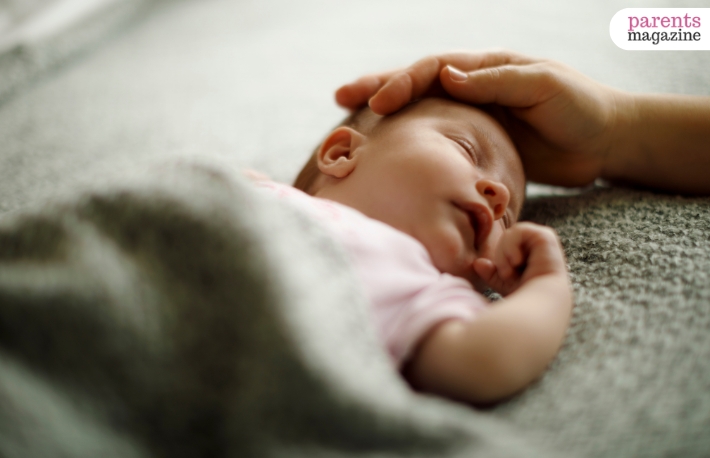
Yes, your baby can’t talk and communicate whether they are comfortable with the clothing. However, as a parent, you gradually learn to pick up on their cues.
Once your baby is fed and has a change of new clothes, it should feel comfortable to fall asleep. But, if you sense some distress, go ahead and see if they are too hot or cold.
Usually, you should be able to trace changes in their breathing pattern. When it’s too hot, your baby might be sweating or have rash or wet hair. If you are still unsure, check the temperature of their tummy, neck, and chest.
Final Words
Whether you use two layers of clothes or more depends on the weather and the room temperature level where your baby sleeps. You can also go for sleepwear and SleepSack. If you must choose the right product, you can start with our guidelines here.
However, these are simple guidelines and not the quality standards for a sleep sack.
So, when you dress up your baby’s sleep, always consider the level of comfort they are getting. Was this article helpful? Share your feedback through the comment box.
Suggested:
Already have an account?
Sign In
Create your account
User added successfully. Log in







